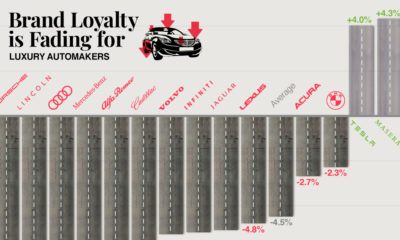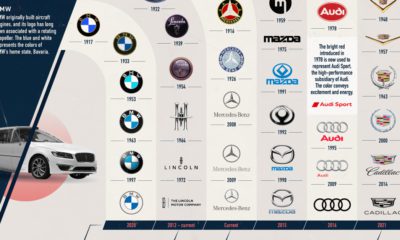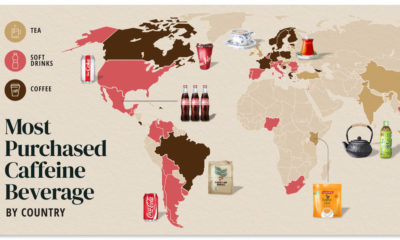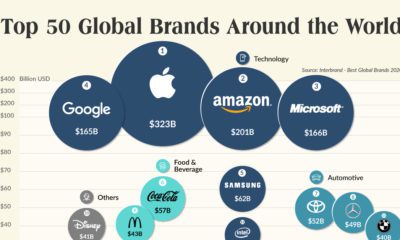Most of them get deflected by our unconscious minds and hold little relevance or appeal to our daily lives. But at the same time, a select few of these messages get through to us, and we may even feel a sense of personal identity with them. Sure, these brands might sell products that we like – but it’s also the storytelling behind the brand’s messaging that can resonate with our individual lives.
Brand Archetypes
How do brands craft symbolism and messaging that have consistent appeal? There are many strategies and techniques used by marketers to accomplish this, but one interesting way to view it is through the lens of archetypes. Brands can anchor their communications to enduring personas or profiles that feed into the human experience, and this allows consumers to identify narratives and symbolism quickly and effectively. – The Hero and the Outlaw: Building Extraordinary Brands Through the Power of Archetypes The following 12 archetypes were defined by Swiss psychiatrist Carl Jung and are commonly cited in the fields of marketing, psychology, anthropology, and other social sciences. The graphic comes from a guide put together by Iconic Fox:
Each brand archetype slots in with the common narratives we see and experience regularly in our culture. Which do you think Harley Davidson matches the best? What about a brand like Apple?
Brand Archetype Examples
Here are two example archetypes – also from Iconic Fox – that will help better demonstrate the concept. It’s worth looking closely at the brand voice, strategies, and values exemplified by each archetype, and thinking about how they connect to human storytelling and the types of characters we are familiar with throughout history. We’ll start with “The Outlaw”…
About “The Outlaw”
James Dean. William Wallace. Hermoine Granger. Jack Sparrow. These are all people or characters that see rules as things that are meant to be broken, especially in the name of liberation. The Outlaw appeals to people and stories driven by independence, righteousness, change, and even revenge – and when used as a brand archetype, The Outlaw conveys a message that one can do better than the status quo. Harley Davidson is a fantastic example of a brand that fits with this archetype. Next up is “The Creator”…
About “The Creator”
Tony Stark. Carrie Bradshaw. John Hammond. Nüwa. These are all people or characters that see the value of creation of new things. The Creator appeals to those that value self-expression, vision, imagination, and inspiration. Apple is the iconic brand associated with this archetype, but Lego, Adobe, and Etsy could be considered good fits as well.
More Brand Archetypes
In a world with no shortage of media stimuli, brand archetypes enable marketers to pin down specific imagery and ideas that they know can make a direct impact with their audience. Archetypes are enduring, tried-and-true representations of the stories we have told ourselves for centuries, and that some would even say are entrenched in human nature. For more on archetypes in marketing, including expanded definitions on the other 10 that we did not cover in depth here, we recommend reading the graphical guide put together by Iconic Fox.
on Even while political regimes across these countries have changed over time, they’ve largely followed a few different types of governance. Today, every country can ultimately be classified into just nine broad forms of government systems. This map by Truman Du uses information from Wikipedia to map the government systems that rule the world today.
Countries By Type of Government
It’s important to note that this map charts government systems according to each country’s legal framework. Many countries have constitutions stating their de jure or legally recognized system of government, but their de facto or realized form of governance may be quite different. Here is a list of the stated government system of UN member states and observers as of January 2023: Let’s take a closer look at some of these systems.
Monarchies
Brought back into the spotlight after the death of Queen Elizabeth II of England in September 2022, this form of government has a single ruler. They carry titles from king and queen to sultan or emperor, and their government systems can be further divided into three modern types: constitutional, semi-constitutional, and absolute. A constitutional monarchy sees the monarch act as head of state within the parameters of a constitution, giving them little to no real power. For example, King Charles III is the head of 15 Commonwealth nations including Canada and Australia. However, each has their own head of government. On the other hand, a semi-constitutional monarchy lets the monarch or ruling royal family retain substantial political powers, as is the case in Jordan and Morocco. However, their monarchs still rule the country according to a democratic constitution and in concert with other institutions. Finally, an absolute monarchy is most like the monarchies of old, where the ruler has full power over governance, with modern examples including Saudi Arabia and Vatican City.
Republics
Unlike monarchies, the people hold the power in a republic government system, directly electing representatives to form government. Again, there are multiple types of modern republic governments: presidential, semi-presidential, and parliamentary. The presidential republic could be considered a direct progression from monarchies. This system has a strong and independent chief executive with extensive powers when it comes to domestic affairs and foreign policy. An example of this is the United States, where the President is both the head of state and the head of government. In a semi-presidential republic, the president is the head of state and has some executive powers that are independent of the legislature. However, the prime minister (or chancellor or equivalent title) is the head of government, responsible to the legislature along with the cabinet. Russia is a classic example of this type of government. The last type of republic system is parliamentary. In this system, the president is a figurehead, while the head of government holds real power and is validated by and accountable to the parliament. This type of system can be seen in Germany, Italy, and India and is akin to constitutional monarchies. It’s also important to point out that some parliamentary republic systems operate slightly differently. For example in South Africa, the president is both the head of state and government, but is elected directly by the legislature. This leaves them (and their ministries) potentially subject to parliamentary confidence.
One-Party State
Many of the systems above involve multiple political parties vying to rule and govern their respective countries. In a one-party state, also called a single-party state or single-party system, only one political party has the right to form government. All other political parties are either outlawed or only allowed limited participation in elections. In this system, a country’s head of state and head of government can be executive or ceremonial but political power is constitutionally linked to a single political movement. China is the most well-known example of this government system, with the General Secretary of the Communist Party of China ruling as the de facto leader since 1989.
Provisional
The final form of government is a provisional government formed as an interim or transitional government. In this system, an emergency governmental body is created to manage political transitions after the collapse of a government, or when a new state is formed. Often these evolve into fully constitutionalized systems, but sometimes they hold power for longer than expected. Some examples of countries that are considered provisional include Libya, Burkina Faso, and Chad.
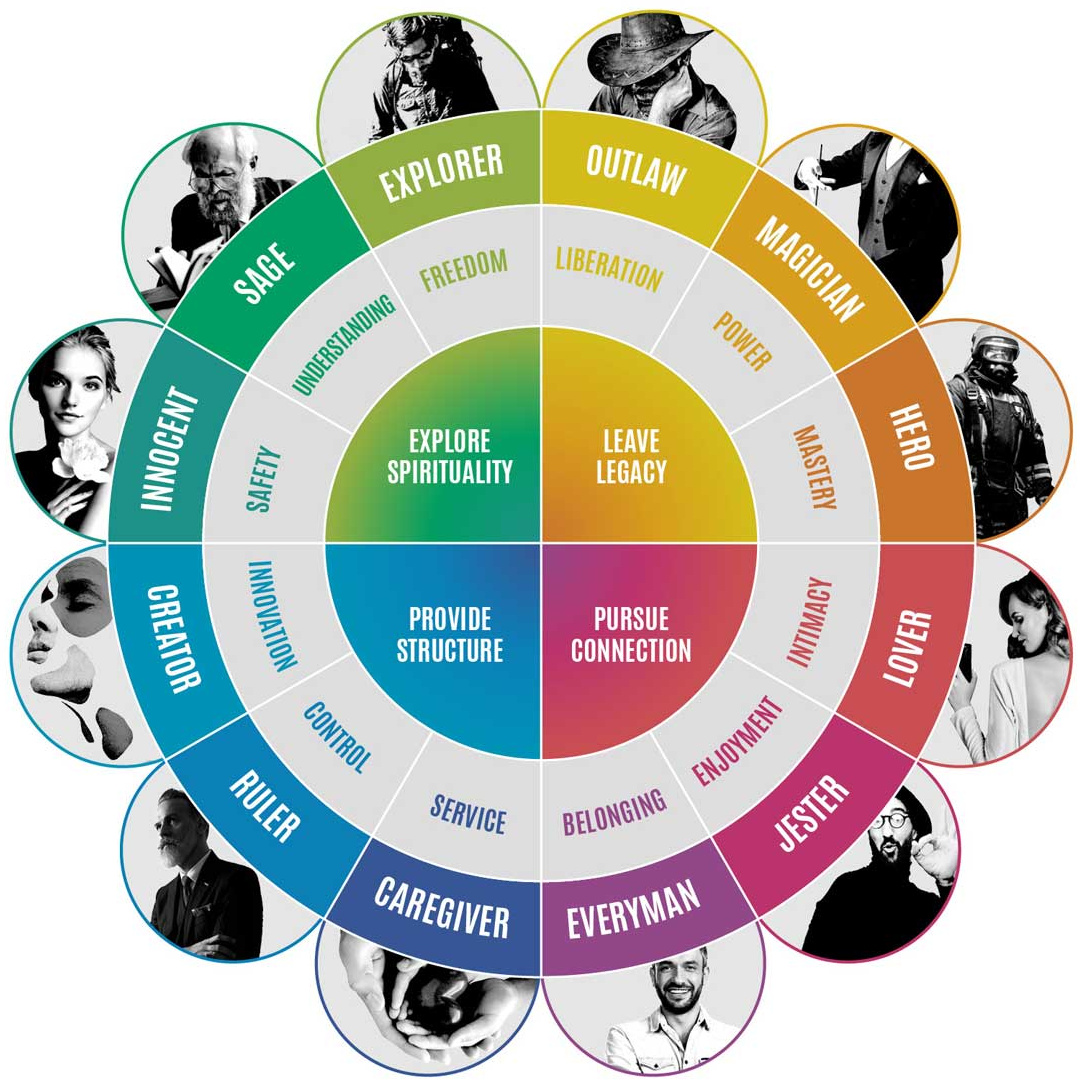
![]()
![]()
![]()
![]()




